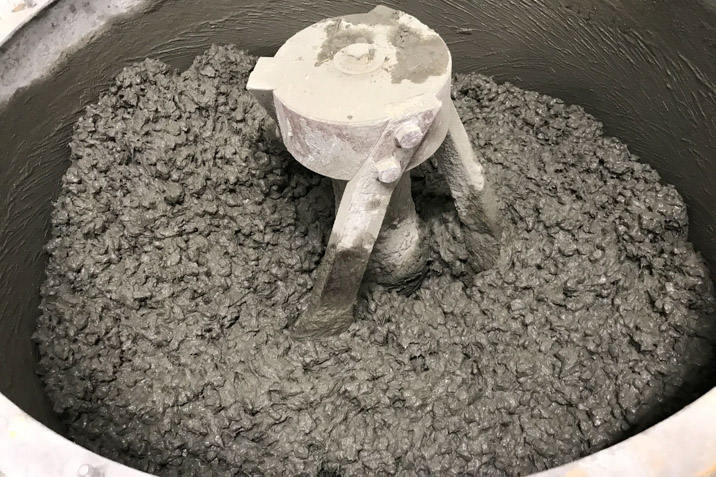A group of engineers from RMIT University have created a road compound made entirely of rubber from discarded tyres that meets building codes that offers a suitable alternative to replace roads made out of conventional aggregates.
The greener and lighter concrete is a win for circular economy and a reduction in emissions, as it reduces manufacturing and transportation costs exponentially. While rubber has been utilised for roads in the past, never has a road been created entirely of a rubber compound.
Published in the Resources, Conservation & Recycling journal, the study overseen by the engineers reveals a manufacturing process for structural lightweight concrete where the traditional coarse aggregates in the mix were completely replaced by rubber from used car tyres. The study’s Lead Author, Mohammad Momeen UI Islam from RMIT’s School of Engineerings, says the findings debunk a number of industry perceptions on the use of rubber particles in concrete.
“We have demonstrated with our precise casting method that this decades-old perceived limitation on using large amounts of coarse rubber particles in concrete can now be overcome,” he says.
“The technique involves using newly designed casting moulds to compress the coarse rubber aggregate in fresh concrete that enhances the building material’s performance.”
Study Co-author and Team Leader, Jie Li, says the new processes will unlock several environmental and economic benefits.
“As a major portion of typical concrete is coarse aggregate, replacing all of this with used tyre rubber can significantly reduce the consumption of natural resources and also address the major environmental challenge of what to do with used tyres,” he says.
Used tyres in Australia cannot be exported, making new methods for recycling and reprocessing them locally increasingly important. About 1.2 billion waste tyres will be disposed of annually worldwide by 2030.

The greener and lighter concrete could also greatly reduce manufacturing and transportation costs, Li says.
“This would benefit a range of developments including low-cost housing projects in rural and remote parts of Australia and other countries around the world.”
Islam believes the manufacturing process can be scaled up in a cost effective manner in existing precast and industrial factories both at home and abroad. Following successful testing in the workshop, the team is now looking into reinforcing the concrete to see how it can work in structural elements.
The RMIT research team also includes Professor Yu-Fei Wu, Dr Rajeev Roychand and Dr Mohammad Saberian.

